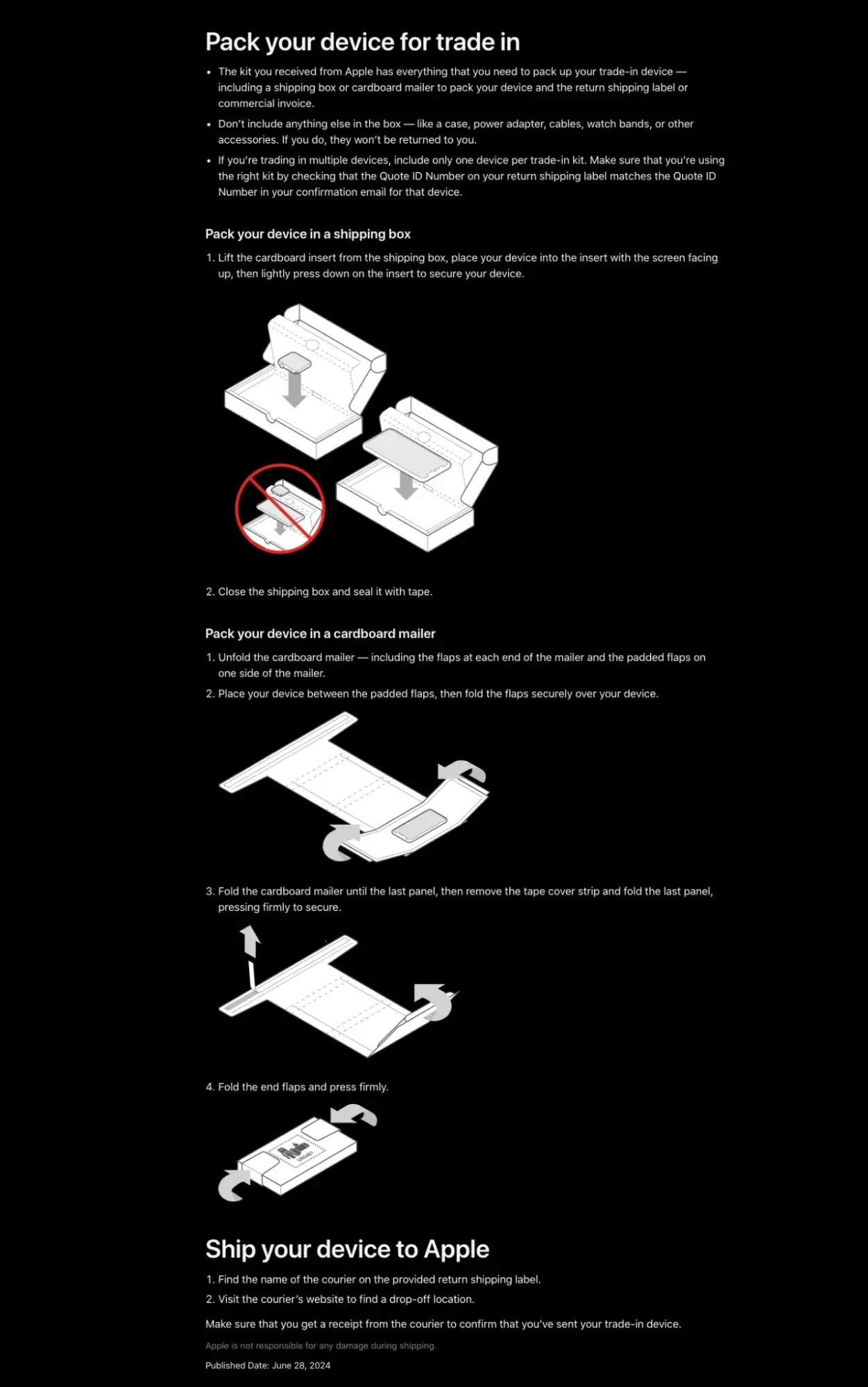Have you ever needed to explain a complex process simply and clearly? That’s where information guides come in. They’re essential tools for educating your audience, whether it’s customers, employees, or the general public. In this comprehensive guide, we’ll explore how to craft effective information guides that are both informative and engaging.
What is an Information Guide?
An information guide provides detailed, step-by-step instructions on a specific topic or process. They can take various forms, including written documents, videos, or interactive tutorials. The goal is to empower the reader with the knowledge and skills to achieve a desired outcome. A well-written information guide should be clear, concise, and easy to follow.
Why Creating an Information Guide is Important
In today’s information age, people expect to find answers to their questions quickly and easily. Providing well-crafted information guides can offer numerous benefits.
Benefits of Information Guides
- Empower Your Audience: People prefer to learn and solve problems independently. Information guides provide the resources they need to do so, fostering self-sufficiency and reducing reliance on direct support.
- 24/7 Availability: Unlike human support teams, information guides are available around the clock. This ensures that your audience can access the information they need whenever they need it.
- Save Time and Resources: By providing readily available answers to common questions, information guides free up your support team to focus on more complex issues.
- Educate and Build Trust: Informative and well-written guides establish your brand as an authority in your industry. This builds trust with your audience and can lead to increased customer loyalty.
Challenges of Information Guides
While information guides offer many advantages, they also come with certain challenges.
- Detail and Specificity: Information guides must be thorough and specific to be effective. Vague or incomplete instructions can lead to frustration and confusion.
- Time-Consuming Creation: Creating a high-quality information guide requires significant time and effort.
- Accessibility: An information guide is useless if your audience can’t find it. You need a plan for publishing and promoting your guide to ensure it reaches the right people.
- Staying Current: Information guides, especially those related to technology, can quickly become outdated. Regular updates are essential to maintain their accuracy and relevance.
How to Make an Information Guide
Here are the key steps involved in creating an effective information guide:
-
Identify Your Topic: What specific topic or process will your guide cover? Choose something relevant to your audience’s needs and interests.
-
Understand Your Target Audience: Who are you writing this guide for? What is their level of knowledge on the topic? Tailor your content to their specific needs and skill level.
-
Research Your Topic Thoroughly: Even if you’re an expert on the subject, conduct thorough research to ensure your guide is comprehensive and up-to-date.
-
Create a Step-by-Step Outline: Organize your information into a logical, step-by-step sequence. This will make it easier for your audience to follow along.
-
Add Valuable Images, Videos, and Descriptions: Visual aids can significantly enhance understanding. Include relevant images, screenshots, or videos to illustrate key steps and concepts.
Alt text: Apple’s trade-in guide on their support page shows a clear and easy to follow process.
-
Review Your Outline and Research from the Reader’s Point of View: Put yourself in your audience’s shoes. Are the instructions clear and easy to understand? Are there any gaps in the information?
-
Test the Process: Follow your own instructions to ensure they are accurate and complete. If possible, have someone else test the guide and provide feedback.
-
Link to Other Resources: Provide links to additional resources that your audience may find helpful, such as related articles, tutorials, or tools.
How-to Guide Template
Here’s a simple template you can use to structure your information guide:
Section 1: Overview
Provide a brief introduction to the topic and explain the purpose of the guide. Clearly state what the reader will be able to do after completing the guide. You can also use this part of the guide to go into background information like pros and cons.
Section 2: Materials Needed
List any materials, tools, or software that are required to complete the process.
Section 3: Step-by-Step Instructions
Break down the process into clear, concise steps. Use numbered lists or bullet points to make the instructions easy to follow. Include images or videos to illustrate each step.
Optional Section 4: Tips
Share any additional tips, tricks, or best practices that can help the reader get the most out of the process.
Optional Section 5: Troubleshooting/FAQs
Address common questions or issues that people may encounter while following the guide.
Optional Section 6: Additional Resources
Provide links to other helpful resources, such as related articles, tutorials, or tools.
Section 7: Conclusion
Summarize the key points of the guide and reiterate the benefits of following the instructions. Encourage the reader to take action and provide a clear call-to-action.
Tips for Writing an Effective Information Guide
Here are some additional tips to keep in mind when writing your information guide:
- Open with an overview:
Start with a clear overview or description of what the audience can expect from it. Include a quick summary of your guide, what your audience will need to use it, what they’ll achieve once they follow the directions, and why it’s worth doing. - Start each step with a verb:
Verbs put your instructions in motion. These active words can help your readers visualize themselves doing the task as you teach them how to do it. They are also direct and require less thought by the reader. - Show examples all the way:
You can make your instructions clearer if you include images or examples. Of course, you want to use sensory details and action to create a picture in their head as you write your how-to guide. But from there, pair images with the written text so your audience doesn’t have to guess or interpret what you meant. - Keep the steps simple and concise:
Simplicity will make your guide easier to understand and execute, but how do you ensure you’re not overcomplicating things? A good best practice is to think of your process in stages — the beginning, the middle, and the end — and then define the steps within those. This will help you get specific and be wary of combining multiple actions into one step. - Make your information guide easy to skim:
In my experience, many people skim guides. This means they quickly skip text that includes stories, data, or more extended details and look for the actions. Catering to this habit can create a more delightful user experience. People tend to pay attention to introductions, summaries, or a paragraph’s first and last sentences, so focus on these areas. - Write for a specific skill level:
If you’re a subject expert, you might combine beginner and advanced terms in your writing without realizing it. This creates inconsistency that can confuse your audience and make your guide tough to understand. - Tell an exciting story:
The best how-to guides are more than just practical; they are fun to read. To keep your guide engaging, tell a story. Ensure you have a clear message throughout the guide, add personal experiences, and use conflict to add interest. - Write with empathy:
People who turn to how-to guides are looking for help. So, be sure to acknowledge that you understand where they are coming from. Doing this will help you resonate with your audience and build trust. You’re saying you know it can be frustrating when learning or refining a new skill and you are there to help. - Stay positive:
Anyone seeking a how-to guide is trying to expand their knowledge about the world. That seems straightforward, but it‘s also a considerable risk. Many people stop trying new things because they don’t want to look foolish.
Information Guide Examples
Here are some examples of effective information guides across various industries:
-
B2B Example: “How to Build Brand Consistency“
Alt text: A screenshot of HubSpot’s guide that partnered with Brandfolder on how to build brand consistency.
-
B2C Example: “How to Become a Freelancer”
Alt text: FlexJobs guide shows how to get started as a freelancer.
-
Lifestyle Example: “How To Make Honey Pie”
Alt text: The honey pie guide shows the completed pie with berry sauce.
Create an Information Guide Worth Sharing
A well-crafted information guide can be a valuable asset for your audience and your business. By following the steps outlined in this guide, you can create informative, engaging, and effective guides that empower your audience and establish your brand as a trusted authority.

